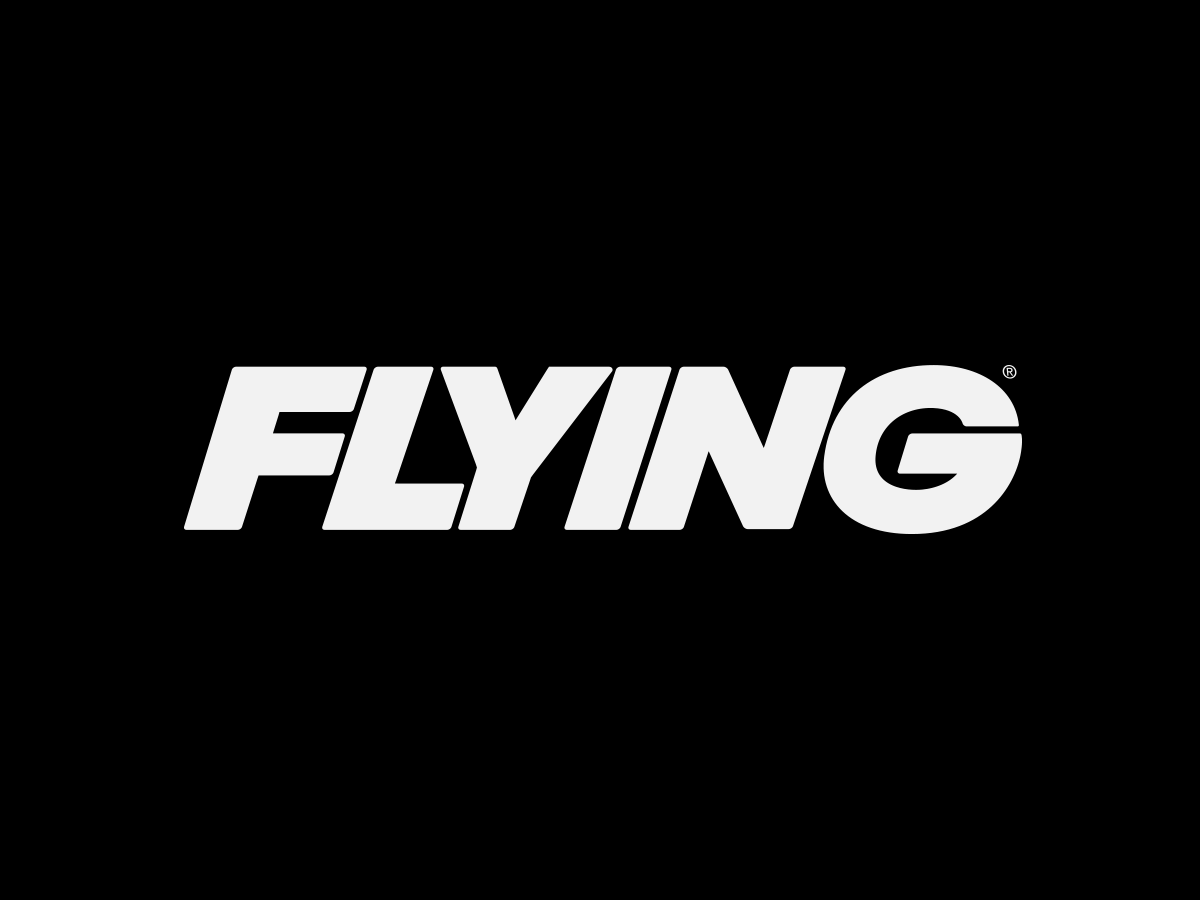
Each month, Flying answers questions about the new Sport Pilot/Light Sport Aircraft Rule with assistance from the Experimental Aircraft Association (EAA), the authority on the opportunities available within the category commonly known as "Sport Pilot":
In a recent magazine article I read about amateur-built light-sport aircraft, E-LSA Certification requires that an emergency locator transmitter (ELT) must be installed. Is this right? I thought that under normal certification for a homebuilt, if an airplane does not have a top speed of about 160 mph (I don't remember just how it reads), ELT is required. At least, that was what the regs said a few years ago.
There has never been a speed limitation for ELT installation. The regulation requiring ELTs is 91.207, and it applies to fixed-wing airplanes. With very few exceptions, any fixed-wing aircraft with more than one seat is required to have an ELT installed (regardless of its speed or weight). This applies to light-sport aircraft as well as all other aircraft.
I am building a Challenger light-sport aircraft and am going to register it as an amateur-built. Getting ready to do the paperwork to begin registration, FAA Form 8050-88 asks for the manufacturer, model and serial number of the engine installed. But my engine is on backorder, therefore I have no serial number yet. Do I have to wait for the engine to begin registration? Or can I submit the form without the engine's serial number?
You can submit the registration application before you get the engine serial number. Just fill in as much information as you have available and put "TBD" (to be determined) for the engine serial number. The FAA will go ahead and process the application without the S/N. You can add the engine S/N on your application for an airworthiness certificate when you get to that step.
I have a private pilot license and am flying a light-sport aircraft (S-LSA). Does Canada permit U.S.-registered S-LSA into Canadian airspace and facilities? If yes, are there any specific requirements and where would I find them? Also, is a current medical certificate required when flying an S-LSA in Canada? If no, where would I find the exemption? If yes, do you know if Canadian officials are considering changing the requirement?
In order to fly an LSA-certificated aircraft into Canada, you need to have specific written permission from Transport Canada. LSA airworthiness certificates are not valid outside the U.S. without specific permission. The Canadian officials will not allow a pilot to cross the international border without an FAA medical certificate. They would have to issue written permission for the pilot to operate in Canadian airspace, but they have not yet done so. There is no exemption available. You'll be glad to know, however, that EAA, in partnership with Transport Canada, the FAA and the Bahamas, is working to resolve this issue between these three countries.
For more information on Sport Pilot, go to EAA's Sport Pilot website at sportpilot.org. EAA, which also hosts the annual EAA AirVenture fly-in at Oshkosh, provides in-depth information on the website, as well as a Sport Pilot hotline and complete membership services for all aviation enthusiasts. Call 800/564-6322 for membership information.

Sign-up for newsletters & special offers!
Get the latest FLYING stories & special offers delivered directly to your inbox






